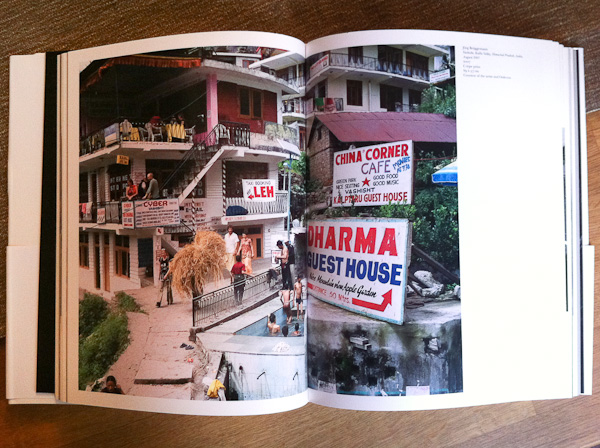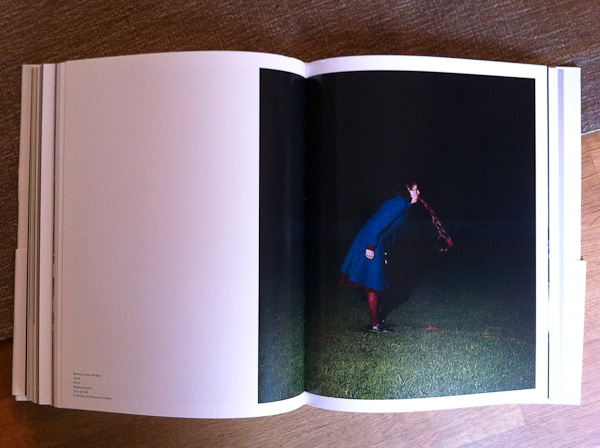From the moment you hear its title, it becomes clear that Queen Ann. P.S. Belly cut off is not going to be an 'easy' photobook. By 'easy' I mean a book that gives itself to you on first viewing, immediately hitting all the right buttons. To use one of my favoured musical analogies, in the case of LPs (when people still used to listen to those) people often talked about growers, records that required several listens before your ears became accustomed to their particular register or sonic world.
The first time I went through Mariken Wessels' new book, I couldn't really make head or tail of it. This is a book that raises more questions and narrative possibilities than it gives information or makes statements. The experience of going through Queen Ann is akin to finding an old shoebox full of snapshots of a stranger's life. Why are some of the images scratched, cut, defaced or painted on in a childlike way? Who scribbled these few messages and to whom were they destined? The book even contains a little piece of this shoebox in the form of a sealed translucent envelope containing a few small prints. Why is the envelope sealed? Are we expected to open it or to peer at the prints it contains through the translucent paper?
The book follows the life of a woman named Anneke from childhood to her troubled later life. Through Anneke's "personal materials" Wessels draws us into this (fictional?) woman's inner world. She appears as a tragic figure, but one who is capable of joy, love, humour and her fair share of craziness too. As the title suggests, she appears to have struggled with obesity throughout her life and the book is infused with a sense of looking back to the past and of what might have been. Many of the images have been written, scratched, drawn or painted on, as if this woman was desperately trying to change her past by refashioning these photographic memories.
This is not a photobook in the conventional sense, but rather an artist book that makes use of photography to create a character. For me the book's greatest strength is that in the process of bringing 'Queen Ann' to life, Wessels also plays on our understanding of the nature of photographs and how we relate to them as personal documents. She succeeds not only in creating a complex character through a handful of snapshots, but also in making us question the unreliable role of the photograph as a memory.
The book is extremely artfully composed and sequences different elements successfully, from smaller snapshots, to sequences of hazy blow-ups and collages giving the book a rhythm, but also several distinct changes of pace. Queen Ann is a fine example of the benefits of the current independent photobook publishing boom: no mainstream publisher would ever dare to produce a book like this. It is both difficult and confusing and, for these very reasons, extremely rewarding.
Mariken Wessels, Queen Ann. P.S. Belly cut off. Alauda Publications (Soft cover, 80 pages, 75 B&W and colour plates, 2010).
Rating: Recommended














